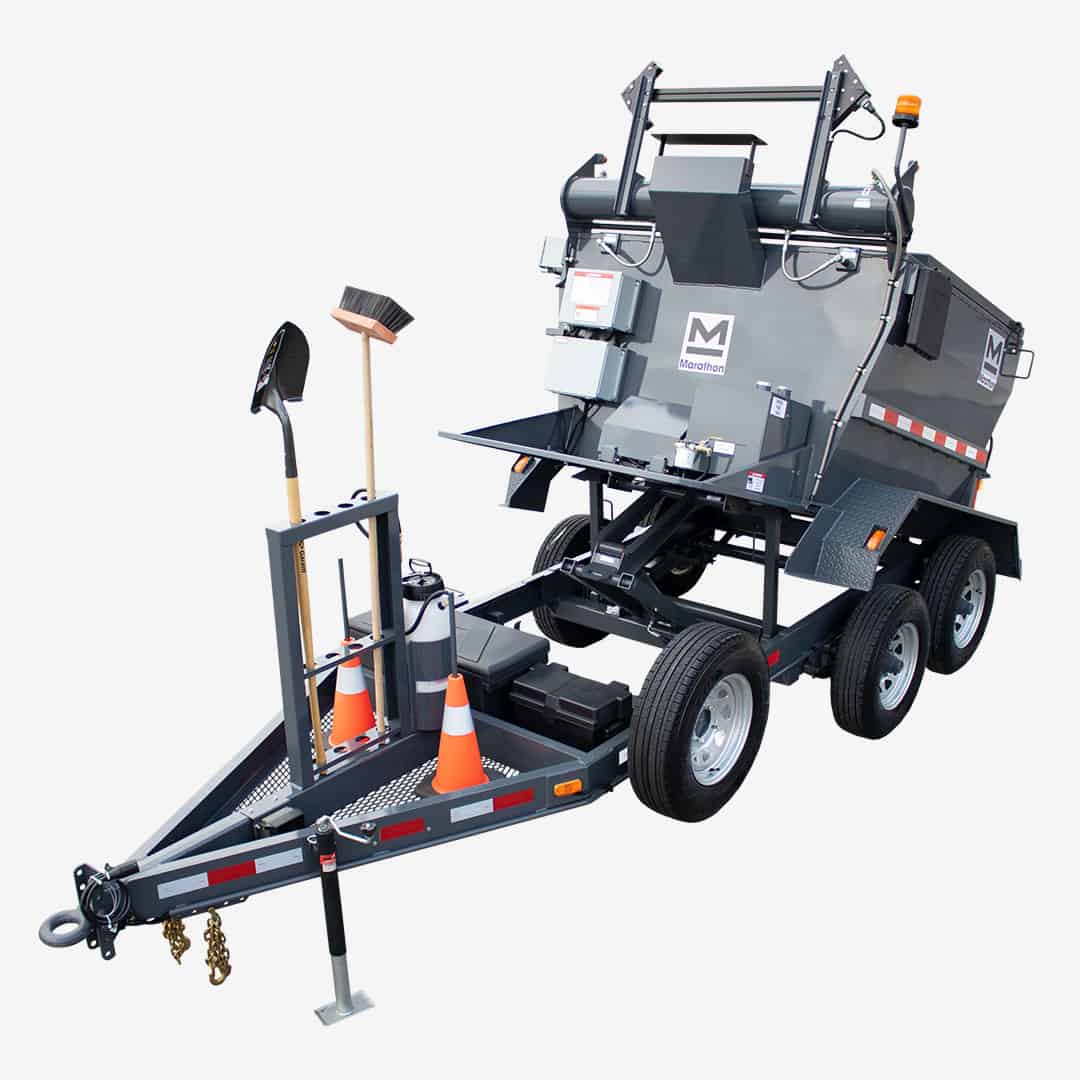Experience the Distinction: Hot Mix Asphalt Paving for Regrading Projects
Experience the Distinction: Hot Mix Asphalt Paving for Regrading Projects
Blog Article
Unlocking the Secrets of Hot Mix Asphalt Innovation
Checking out the midsts of hot mix asphalt innovation discovers a globe where exact formulas and careful procedures merge to form our roadways and facilities. The combination of aggregates, binders, and fillers isn't merely a building task but a calculated orchestration of sturdiness and effectiveness. As we peer into the intricate dancing of components, a tapestry of resilience and sustainability unravels. What lies beneath this surface area of asphaltic mastery, and what secrets wait to be introduced in the world of paving technologies?
Significance of Hot Mix Asphalt
Warm Mix Asphalt plays a vital role in contemporary infrastructure advancement due to its toughness and cost-effectiveness. As the most frequently utilized leading material for roadways, freeways, and parking area, Hot Mix Asphalt supplies a series of advantages that add to its importance in building tasks. One essential benefit is its capacity to withstand heavy website traffic loads and extreme weather, supplying a trustworthy and long-lasting surface for transportation networks. Furthermore, Hot Mix Asphalt is economical in both first building and construction and long-lasting maintenance, making it a favored selection for several infrastructure projects.
The longevity of Warm Mix Asphalt stems from its composition, which consists of accumulations, binder, and filler materials that are carefully selected and blended to meet specific efficiency requirements. On the whole, the significance of Warm Mix Asphalt in facilities development can not be downplayed, as it continues to be a keystone of modern building and construction methods.
Elements of Asphalt Mixes
The make-up of asphalt blends is composed of carefully chosen accumulations, binder, and filler products that are crucial for achieving certain efficiency needs. Accumulations are the primary part of asphalt blends, offering strength and stability. The binder, usually bitumen or asphalt cement, holds the aggregates with each other and offers adaptability and durability to the mix.
The combination and proportion of these components play a significant role in figuring out the high quality and efficiency of the asphalt mix. Engineers meticulously make the mix to fulfill details needs, taking into consideration variables like website traffic quantity, environment conditions, and pavement life-span. Correct option and harmonizing of aggregates, binder, and fillers are vital for producing resilient, lasting asphalt pavements.
Combining and Manufacturing Strategies

When the accumulations are chosen, the binder, commonly asphalt concrete, is included to bind the products with each other. The binder's high quality and amount dramatically influence the mix's toughness, resistance, and adaptability to environmental elements. Furthermore, fillers like hydrated directory lime or Rose city concrete might be integrated to enhance specific characteristics of the asphalt mix, such as its workability or moisture resistance.
During manufacturing, the accumulations and binder are heated up, usually in between 250-325 ° F(121-163 ° C ), to promote blending and make sure appropriate covering of the aggregates. The blending procedure should be thorough to achieve an uniform blend that promotes the wanted efficiency qualities of the asphalt. Different methods, such as batch blending or drum mixing, are used to accomplish constant and top quality asphalt mixes for building and construction projects.
Factors Influencing Asphalt Performance
Factors influencing asphalt efficiency encompass a variety of variables that affect the durability, durability, and total quality of asphalt sidewalks. One key element is the top quality of materials made use of in the asphalt mix.

Layout considerations, such as pavement thickness and drain, are crucial in ensuring the long-term performance of the asphalt pavement. By very carefully thinking about these designers, variables and contractors can optimize asphalt performance and improve the solution life of sidewalks.
Lasting Practices in Asphalt Innovation

In addition, the growth of warm-mix asphalt (WMA) modern technologies has actually gotten traction over the last few years. WMA allows for the production and positioning of asphalt mixes at lower temperature levels compared to conventional hot-mix asphalt, resulting in lowered power usage and greenhouse gas emissions. The usage of porous asphalt blends can assist mitigate stormwater drainage problems by allowing water to penetrate with the pavement and right into the ground, promoting all-natural water filtration and reenergize processes. By applying these sustainable techniques, the asphalt market can contribute to developing a more durable and eco friendly framework network.
Conclusion
Finally, warm mix asphalt technology plays a vital duty in modern-day infrastructure development due to its sturdiness and cost-effectiveness. By carefully stabilizing elements, utilizing correct blending strategies, and taking into consideration numerous variables, designers can develop high-quality asphalt mixes that withstand heavy traffic loads and extreme climate problems. Accepting sustainable methods, such as using warm-mix technologies and recycled products, better boosts the ecological friendliness of asphalt technology.
Blending and investigate this site manufacturing strategies in warm mix asphalt innovation involve the precise mix and handling of aggregates, binder, and fillers to develop a high-performance and long lasting asphalt mix.Elements influencing asphalt efficiency include a range of variables that influence the sturdiness, durability, and overall quality of asphalt sidewalks. Sustainable techniques in asphalt innovation encompass numerous efforts aimed at lowering the environmental impact of asphalt manufacturing and paving processes. By including recovered asphalt pavement (RAP) and recycled asphalt tiles (RAS) into brand-new asphalt mixes, the sector can substantially reduce the intake of raw materials and power, while also reducing landfill waste.
WMA permits for the production and positioning of asphalt blends at lower temperatures contrasted to conventional hot-mix asphalt, resulting in reduced energy intake and greenhouse gas emissions.
Report this page